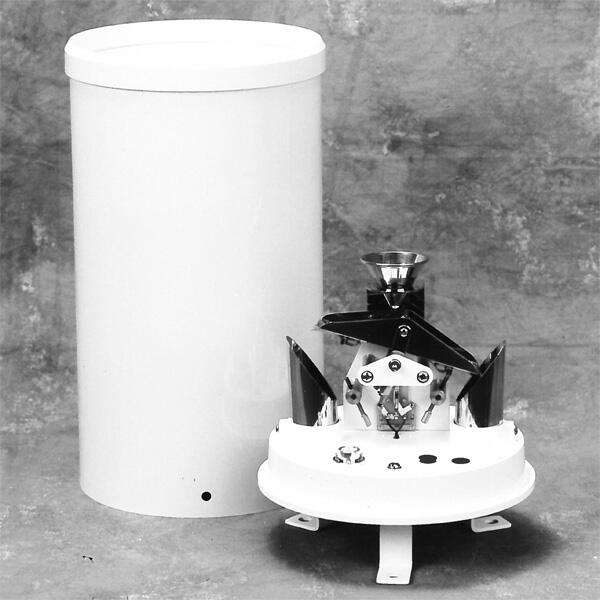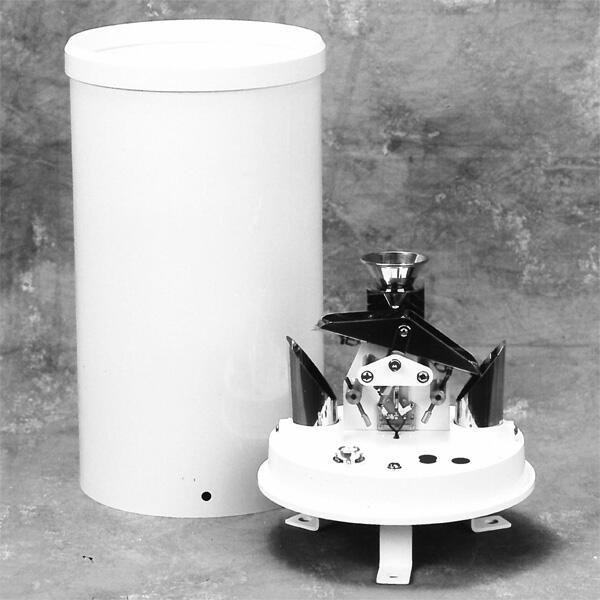
# 10 Practical Applications of Rain Gauges in Weather Monitoring
Rain gauges are essential tools in meteorology and environmental science, providing accurate measurements of precipitation. These devices play a critical role in various fields, from agriculture to urban planning. Below are ten practical applications of rain gauges in weather monitoring.
## 1. Agricultural Planning
Farmers rely on rain gauges to monitor rainfall and determine the best times for planting, irrigating, and harvesting crops. Accurate precipitation data helps optimize water usage and improve crop yields.
## 2. Flood Prediction and Management
Rain gauges are crucial for predicting and managing floods. By measuring rainfall intensity and duration, authorities can issue timely warnings and implement flood control measures to protect communities.
## 3. Water Resource Management
Rain gauges provide data for managing water resources, such as reservoirs and rivers. This information is vital for ensuring a stable water supply for drinking, irrigation, and industrial use.
## 4. Climate Research
Meteorologists use rain gauges to study long-term climate patterns. Precipitation data helps researchers understand trends, such as changes in rainfall frequency and intensity, which are critical for climate modeling.
## 5. Urban Drainage System Design
Engineers use rain gauge data to design efficient urban drainage systems. Accurate rainfall measurements ensure that cities can handle heavy downpours without flooding or infrastructure damage.
## 6. Hydrological Studies
Rain gauges are indispensable in hydrological studies, which analyze the movement, distribution, and quality of water. This data is essential for managing watersheds and predicting water availability.
## 7. Weather Forecasting
Rain gauges provide real-time precipitation data that improves the accuracy of weather forecasts. This information helps meteorologists predict storms, droughts, and other weather events.
## 8. Disaster Preparedness
Rain gauges play a key role in disaster preparedness by monitoring rainfall in areas prone to landslides, flash floods, or hurricanes. Early warnings based on this data can save lives and reduce property damage.
## 9. Environmental Monitoring
Rain gauges are used to monitor environmental changes, such as the impact of deforestation or urbanization on local rainfall patterns. This data supports conservation efforts and sustainable development.
## 10. Educational Purposes
Rain gauges are valuable tools in educational settings, helping students learn about weather patterns, the water cycle, and the importance of accurate data collection in science.
In conclusion, rain gauges are versatile instruments with a wide range of applications in weather monitoring. From agriculture to disaster management, these devices provide critical data that supports decision-making and improves our understanding of the environment.
Keyword: 10 uses of rain gauge
